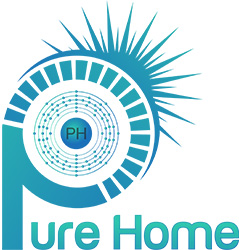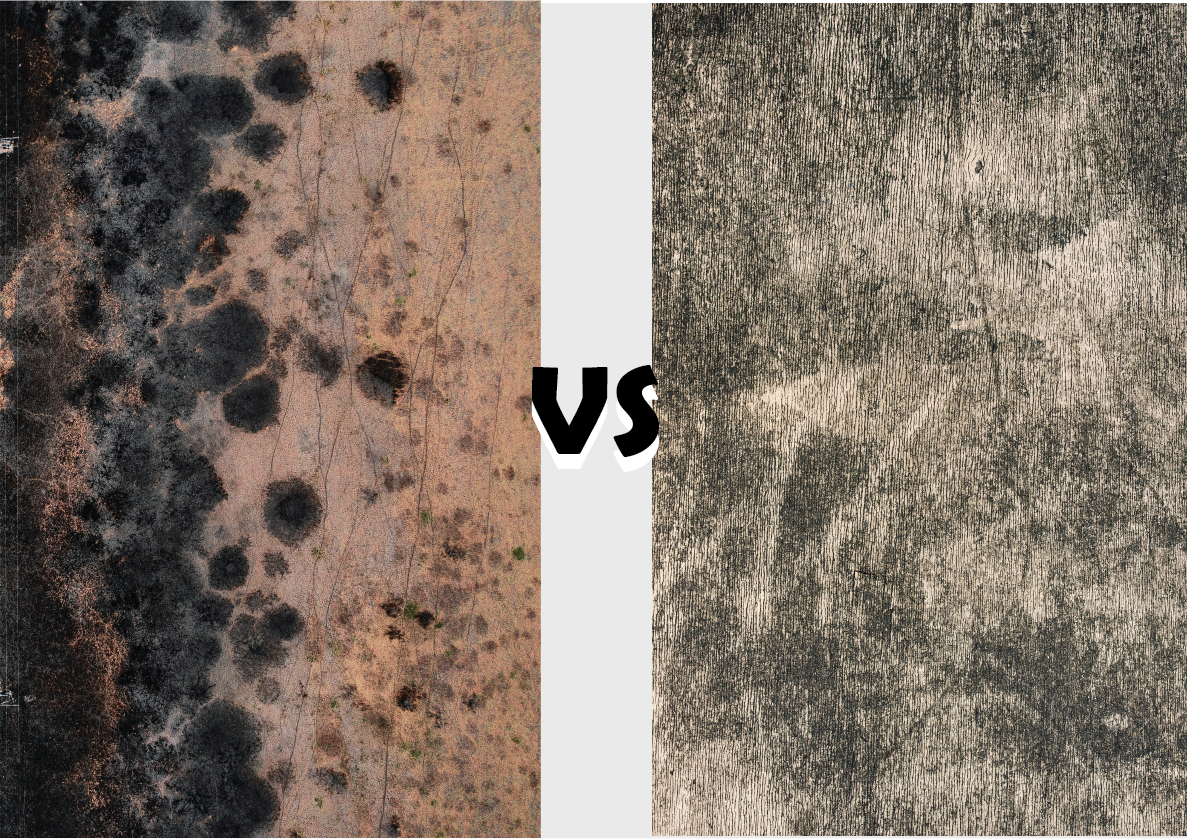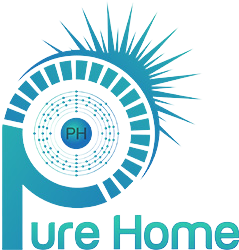What is the Difference between Mold and Mildew?
Mold and mildew are two common household nuisances that can cause health issues and damage to your property if left unchecked.
We will explore the differences between mold and mildew, including their appearance, growth patterns, health effects, and how to remove and prevent them.
Learn how to identify mold and mildew through visual inspection, smell tests, and lab testing. Get tips on getting rid of these fungi through professional mold remediation, and prevent their growth by controlling moisture levels, ensuring proper ventilation, and maintaining regular cleaning habits.
Dive into the world of mold and mildew to keep your home safe and healthy.
Key Takeaways:
- Mold and mildew are both types of fungi, but they have distinct characteristics and growth patterns.
- Mold can appear in a variety of colors, while mildew is typically gray or white in appearance.
- Both mold and mildew can have negative health effects, so it’s important to identify and remove them promptly and prevent future growth through proper moisture control and cleaning.
What Is Mold?
Mold, a type of fungi, is a common household nuisance that thrives in damp and poorly ventilated areas.
It spreads by releasing spores into the air, which can settle on various surfaces and grow rapidly under the right conditions.
Mold can be commonly found in:
- Hidden corners of crawl spaces,
- On ceilings where moisture collects,
- Inside walls where leaks have occurred,
- And even beneath floors in areas prone to water damage.
These areas provide the perfect environment for mold to thrive, feeding on organic materials such as wood, paper, and fabric.
Preventing mold growth requires addressing moisture issues promptly and ensuring proper ventilation in all areas of the home.
What Is Mildew?
Mildew, often referred to as Foxing, is a specific type of mold that typically grows on paper, fabric, and other organic materials.
Unlike other molds, mildew thrives in a damp environment, making it a common sight in areas like bathrooms, basements, and musty houses. Its appearance can range from powdery white to patches of gray or black, easily mistaken for dirt or soot. Mildew tends to have a musty smell, helping in its identification. When left untreated, mildew can spread rapidly, causing damage to materials like textiles and books. Regular cleaning and moisture control are essential to prevent mildew growth and maintain a healthy living environment.
What Are the Differences Between Mold and Mildew?
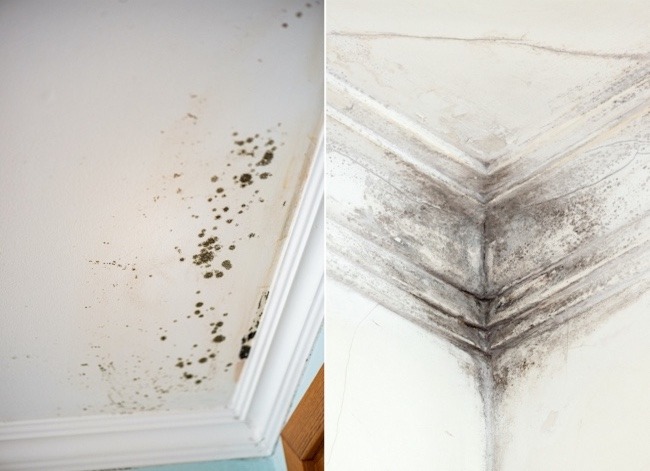
Understanding the differences between mold and mildew is crucial for effective identification and remediation efforts in indoor environments.
While mold can appear fuzzy or slimy and comes in various colors such as black, green, or blue, mildew typically presents as a powdery substance in hues of white or grey. Mold thrives in damp, dark spaces and releases mold spores into the air, which can be harmful when inhaled, triggering health issues like respiratory problems. In contrast, mildew prefers flat surfaces like shower walls and fabric. It’s generally cosmetic and not as harmful as mold.
Appearance
One key difference between mold and mildew lies in their appearance. Mold often appears fuzzy or slimy, while mildew has a powdery or downy texture.
In terms of color, mold can range from green, blue, or black to even red or orange hues, depending on the type of mold present. On the other hand, mildew typically manifests in shades of white or gray. In terms of growth structures, mold tends to have a more extensive and layered appearance, often resembling intricate patterns or patches across surfaces. In contrast, mildew usually appears as flat tufts or spots, adhering closely to the surface it inhabits.
Growth Patterns
Mold and mildew exhibit distinct growth patterns that can help in their differentiation. Mold typically grows in patches and spreads rapidly, while mildew tends to stay on the surface it inhabits.
In terms of spreading, mold can easily propagate through the air, especially in damp and humid environments. Its spores can travel through windows, mechanical venting, and HVAC vents, finding new surfaces to colonize. On the other hand, mildew prefers to anchor itself firmly, often forming a powdery or downy texture on surfaces such as walls and fabrics. Understanding their adherence to different surfaces is crucial in implementing effective eradication methods.
Health Effects
The health effects of exposure to mold and mildew can vary, with mold being associated with respiratory issues and severe allergies, while mildew may cause surface damage without significant health risks.
When individuals are exposed to mold spores, they may experience a range of symptoms such as coughing, wheezing, throat irritation, and nasal congestion. These respiratory issues can be particularly problematic for individuals with asthma or existing respiratory conditions, exacerbating their symptoms and leading to potential long-term health complications. Respiratory health can be severely impacted by prolonged exposure to mold, making it crucial to address any mold infestations promptly.
Removal and Prevention
Efficient removal and prevention strategies are essential when dealing with mold and mildew infestations to maintain a healthy indoor environment.
When faced with a mold and mildew issue, there are various DIY methods that can be employed before seeking professional remediation. Vinegar, baking soda, hydrogen peroxide, or tea tree oil solutions can effectively eradicate mold. For extensive infestations or persistent problems, it’s advisable to hire a certified mold remediation specialist to ensure thorough removal and prevent recurrence.
Preventive measures play a crucial role in keeping mold and mildew at bay. Controlling moisture levels by fixing leaks, using dehumidifiers, and promoting good airflow through proper ventilation are key steps. Regularly inspecting and cleaning areas prone to moisture buildup, such as bathrooms and basements, can also prevent mold growth.
How to Identify Mold and Mildew?
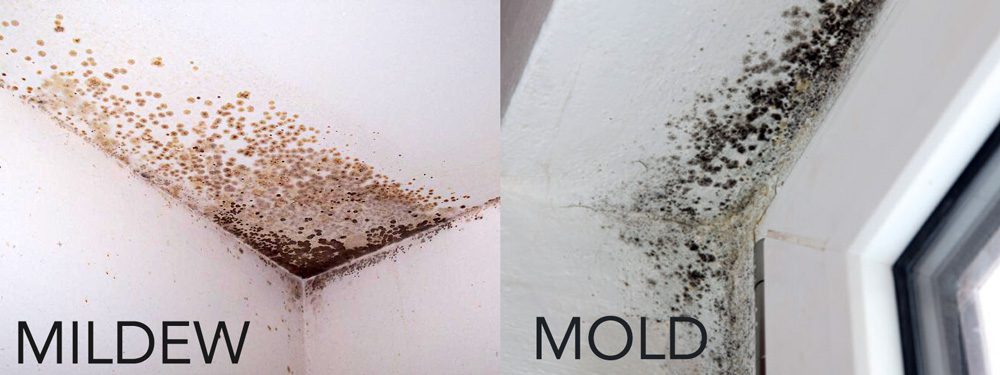
Identifying mold and mildew requires a combination of visual inspection, smell tests, and sometimes laboratory testing for accurate confirmation.
Visual cues play a crucial role in identifying mold and mildew. Look for dark patches, discoloration, or fuzzy growth on surfaces, which are common indicators of mold presence. Similarly, a musty or earthy smell can signal hidden mold even before it becomes visible. These olfactory hints often lead to further investigation to trace the source.
In cases where visual and olfactory assessments are inconclusive, laboratory tests are essential. By collecting samples from suspected areas and sending them to a specialized lab, professionals can determine the type of mold present and its potential health risks, aiding in formulating an effective remediation plan.
Visual Inspection
Visual inspection is a primary method for identifying mold and mildew, involving a thorough examination of areas prone to fungal growth, such as ceilings, walls, and corners.
When conducting a visual inspection for mold and mildew, it’s crucial to pay close attention to areas with moisture accumulation, as these create ideal conditions for fungal development. Dark, damp spots, like those near leaky pipes or poorly ventilated bathrooms, are prime locations for mold to thrive.
Additionally, sunlight can offer valuable insights during the inspection process as mold-infested areas often appear darker and less exposed to natural light. Proper ventilation can also play a significant role in preventing mold growth by reducing humidity levels and promoting air circulation, aiding in maintaining a mold-free environment.
Smell Test
The smell test can be a useful indicator of mold and mildew presence, as these fungi emit musty odors that can be detected in enclosed spaces like bathrooms and crawl spaces.
These distinct odors are often described as earthy, damp, or sometimes reminiscent of wet dirt and debris. When encountering these smells, it’s crucial to perform a thorough sniff test to pinpoint the source of the odor, as mold and mildew can lurk behind walls, under carpets, or in hidden nooks.
Lab Testing
In cases where visual and smell tests are inconclusive, lab testing can provide definitive confirmation of mold and mildew presence through detailed analysis of collected samples.
In terms of identifying the specific types of mold or mildew in a bathroom, the Environmental Protection Agency (EPA) recommends utilizing lab testing for accurate results. During the sampling process, technicians carefully collect air and surface samples to pinpoint the species and concentration levels of mold present. These samples are then sent to a specialized laboratory equipped with advanced equipment for in-depth analysis. The laboratory procedures involve culturing the samples in controlled conditions and using microscopy techniques to identify the molds. This scientific approach ensures precise identification and quantification of mold and mildew, enhancing the effectiveness of remediation strategies.
How to Get Rid of Mold and Mildew?
Removing mold and mildew requires a combination of DIY methods for small infestations and professional remediation for larger, persistent growths.
When dealing with small areas of mold and mildew, knowing what kills mold is crucial, a simple solution involving common household items can often be effective. For instance, a mixture of vinegar and water can be a powerful tool in combating these unwanted invaders. Simply spray the solution on the affected surface and let it sit for a while before scrubbing away the mold.
Another common DIY method involves using bleach, which is known for its strong disinfecting properties. Caution must be exercised when using bleach due to its potentially harmful effects.
DIY Methods
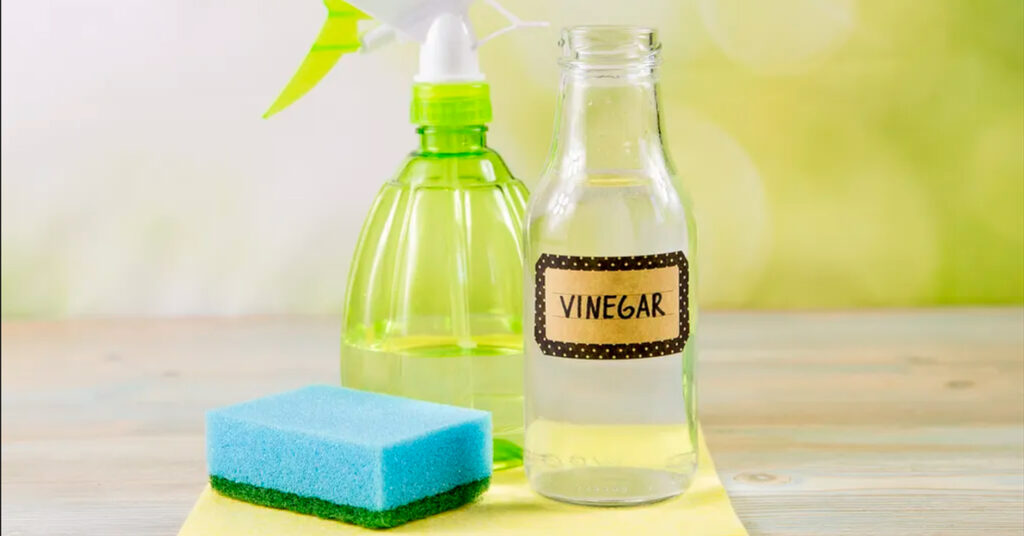
DIY methods for mold and mildew removal include using natural remedies like vinegar, hydrogen peroxide, or commercial cleaners to eradicate surface growth and prevent regrowth.
Although there are several reasons to never DIY mold removal, creating a solution of vinegar and water in a spray bottle can effectively tackle mold on various surfaces. Alternatively, using a mixture of hydrogen peroxide and water can be sprayed on affected areas as a powerful disinfectant. It is important to allow these solutions to sit for a while before wiping them off – the longer they remain in contact with the mold, the more effective they are at killing it.
Professional Remediation
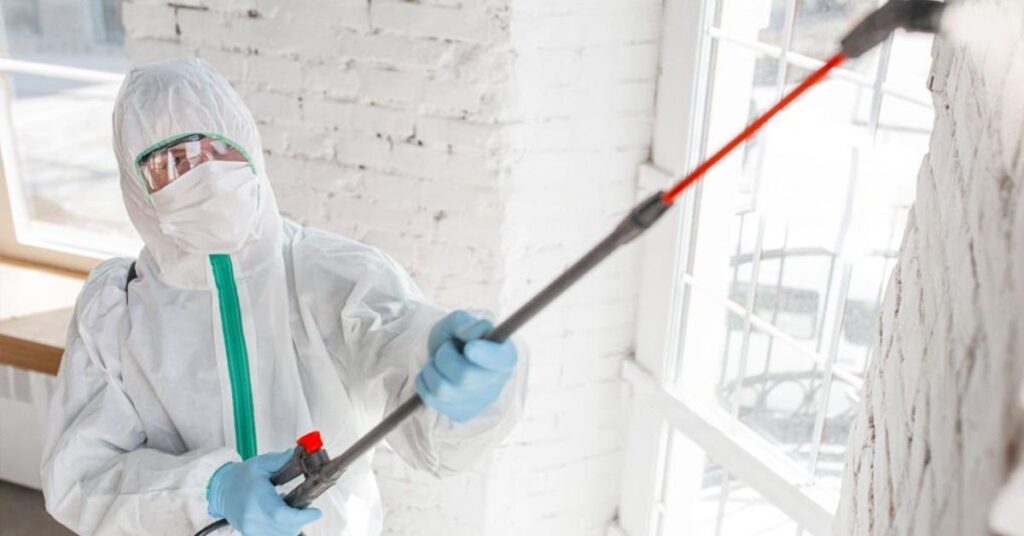
Professional mold and mildew remediation services offer comprehensive solutions for large-scale infestations, utilizing advanced equipment and techniques to ensure thorough removal and prevention.
One of the key benefits of engaging professionals for mold and mildew remediation is their expertise in identifying the root causes of mold growth, which is crucial in preventing future outbreaks. Certified specialists follow a systematic process that includes inspection, containment, removal, and sanitation to address mold infestations in various areas of a home or building.
A musty house odor often indicates hidden mold, commonly found in damp basements, crawl spaces, and behind walls. HVAC vents are also prone to mold growth, making regular maintenance essential for indoor air quality.
How to Prevent Mold and Mildew Growth?
Preventing mold and mildew growth entails controlling moisture levels, promoting proper ventilation, and maintaining cleanliness in indoor spaces to create an inhospitable environment for fungal proliferation.
Effective strategies to combat mold and mildew include:
- Keeping windows well-sealed to prevent water intrusion
- Regularly cleaning dirt and debris accumulation
- Utilizing dehumidifiers in areas prone to excess moisture
By eliminating sources of moisture and reducing humidity levels, you can significantly reduce the risk of mold growth. Enhancing ventilation systems, such as installing exhaust fans in bathrooms and kitchens, can help circulate air and prevent stagnant, humid conditions that foster mold and mildew development.
Control Moisture Levels
Effective control of moisture levels is essential in mold and mildew prevention, as damp environments provide the ideal conditions for fungal growth and colonization.
Moisture control plays a crucial role in safeguarding various spaces, such as bathrooms and crawl spaces, against the harmful effects of mold and mildew.
- Bathrooms are particularly susceptible to moisture accumulation due to showers, baths, and sinks creating a humid environment.
- Similarly, crawl spaces are prone to moisture intrusion from the ground, making them a breeding ground for mold growth.
Common sources of moisture that can lead to mold issues include leaky pipes, improper ventilation, and high humidity levels. Detecting excess moisture can be done through visual inspection for water stains, musty odors, and dampness. Once identified, corrective actions such as fixing leaks, improving ventilation, and using dehumidifiers should be promptly undertaken to prevent mold and mildew formation.
Use Proper Ventilation
Adequate ventilation plays a vital role in preventing mold and mildew, as it helps in regulating indoor humidity levels and promoting air circulation to inhibit fungal growth.
Proper ventilation is essential because stagnant air can lead to moisture buildup, creating the ideal environment for mold and mildew to thrive.
To enhance ventilation, consider installing ceiling fans and exhaust fans in key areas like bathrooms and kitchens.
HVAC systems also play a crucial role in maintaining proper ventilation by circulating conditioned air throughout the space.
Mechanical venting, such as using ventilation systems or ridge vents in attics, can effectively remove excess moisture and prevent mold from forming on surfaces like walls and floors.
Regular Cleaning and Maintenance
Consistent cleaning and maintenance practices are crucial in mold and mildew prevention, as they help in removing potential food sources and minimizing fungal spores in indoor environments.
Regular cleaning routines and maintenance schedules play a vital role in preventing the growth of mold and mildew. By keeping surfaces clean and dry, you eliminate the conditions that allow these fungi to thrive. Following a consistent cleaning schedule not only removes existing mold but also prevents its return. Incorporating natural elements like sunlight can further aid in mold prevention, as sunlight helps to kill mold spores. Following the recommendations of the EPA for cleaning products and techniques can also enhance the effectiveness of your cleaning efforts, ensuring a healthier indoor environment.”
Frequently Asked Questions about What is the Difference between Mold and Mildew
What is the Difference of Mold & Mildew?
Mold and mildew are both types of fungi that thrive in moist environments, but they have some key differences. Here are six commonly asked questions about the difference between mold and mildew.
What is mold?
Mold is a type of fungus that grows in multicellular filaments called hyphae. It can be black, green, or white in color and has a fuzzy or slimy texture. Mold can grow on a variety of surfaces, including food, walls, and fabrics.
What is mildew?
Mildew is also a type of fungus, but it grows in flat patches and has a powdery texture. It is usually white or gray in color and can be found on damp surfaces like shower walls, windowsills, and fabrics.
What are the main differences between mold and mildew?
While both are types of fungi, mold and mildew have distinct differences. Mold has a fuzzy or slimy texture, while mildew has a powdery texture. Mold also grows in multicellular filaments, while mildew grows in flat patches. Additionally, mold can be a variety of colors, while mildew is usually white or gray.
Can mold and mildew cause health problems?
Yes, both mold and mildew can cause health problems, especially for those with allergies or respiratory issues. Mold and mildew release spores into the air, which can trigger allergic reactions and respiratory problems when inhaled.
How can I tell if I have mold or mildew in my home?
If you notice a musty odor or see dark spots or discoloration on surfaces, it is likely that you have mold in your home. If you see white or gray patches on surfaces, it is likely mildew. However, it is best to consult a professional for proper testing and identification.
How can I prevent mold and mildew growth in my home?
To prevent mold and mildew growth, it is important to control moisture levels in your home. Fix any leaks or water issues promptly, use a dehumidifier in damp areas, and regularly clean and dry surfaces that are prone to moisture. Proper ventilation is also key in preventing mold and mildew growth.
